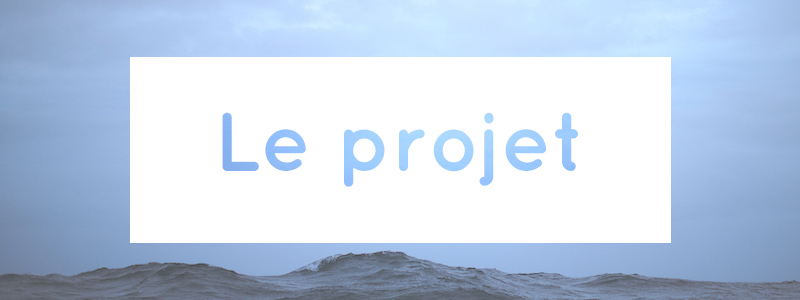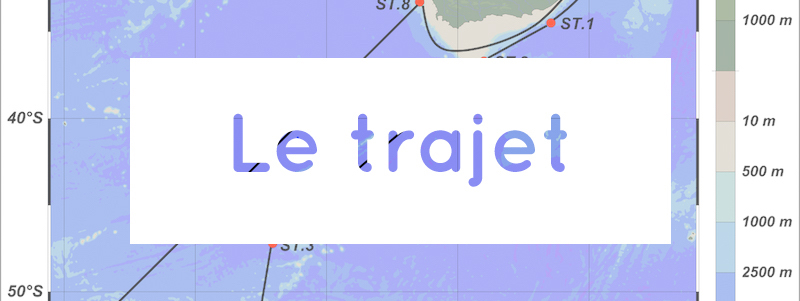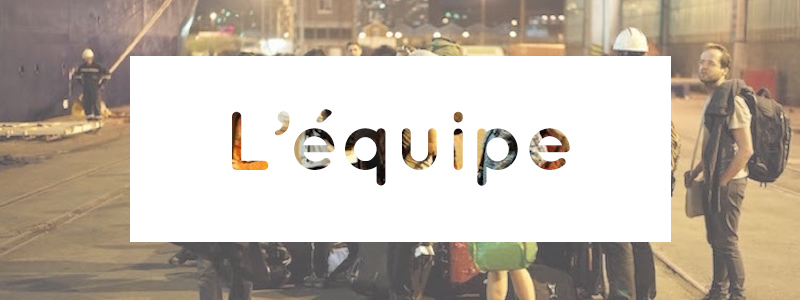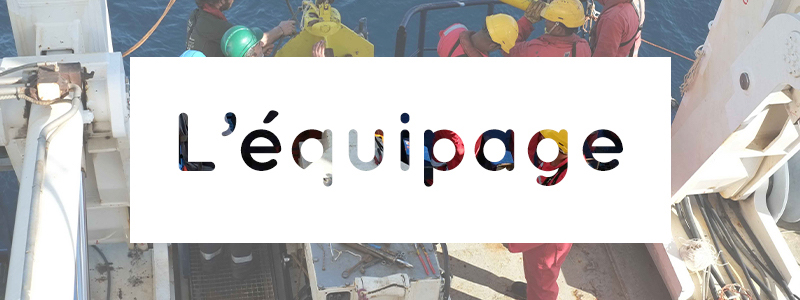7th-9th February 2020
by Pierrick Fenies
The landing in Durban, port city where we will embark, allowed us to appreciate South Africa and the diversity of its landscapes: green hills, covered with fields and forests, we flew over highlands shaped by different rivers over which towns and villages stretch as far as the eye can see. Time to collect our luggage and go through customs, we are outside. The first things that strike you: the temperature (+/- 30 ° C) and the humidity of the air, weather conditions far from those of mainland France at this season. Nothing unusual after all, we are in the southern hemisphere, so it’s summer here, and in the middle of the rainy season.
The passage through South Africa was short-lived, as soon as we left the airport we joined the Durban port customs service for an official exit from the territory: from now on we will no longer have access to the city until our return.
We are then dropped off at the foot of the Marion Dufresne, the largest ship in the French oceanographic fleet with its length of 120.5 meters. Refurbished in 2016, it offers all the possible amenities for the campaign to take place in the best possible conditions: sports equipment, comfortable cabins, a library, a bar, a dining room and excellent meals!
The mission participants arrive throughout the day, until lunch. The hours until the end of the day and the next day are devoted to the setting up of scientific equipment and to meetings. The quarter shifts are allocated: 0-4h; 4h-8h; 8 am-12pm. They will only be effective from Monday 10/02/2020.
It is 2 p.m., the Marion Dufresne sets sail, the swell comes to lift the ship as soon as it leaves the port. If we were hoping for calm waters until we get used to the rolling motion, we can forget about it. The ocean will not give us this break.
We turn one last time to Durban, we will find the city in 3 weeks if everything goes as planned. Now we head south for the first core drilling site!





